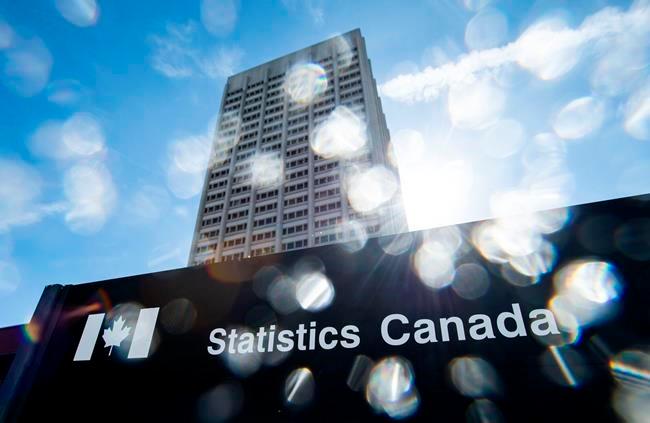The United States is a more attractive environment for investment in the petroleum sector than Canada, according to a survey of industry executives.
Wyoming, for the second year running, was named the most attractive for investment in oil and gas exploration, beating out all of Canada’s provinces, according to the report from the Fraser Institute released on Jan. 9.





